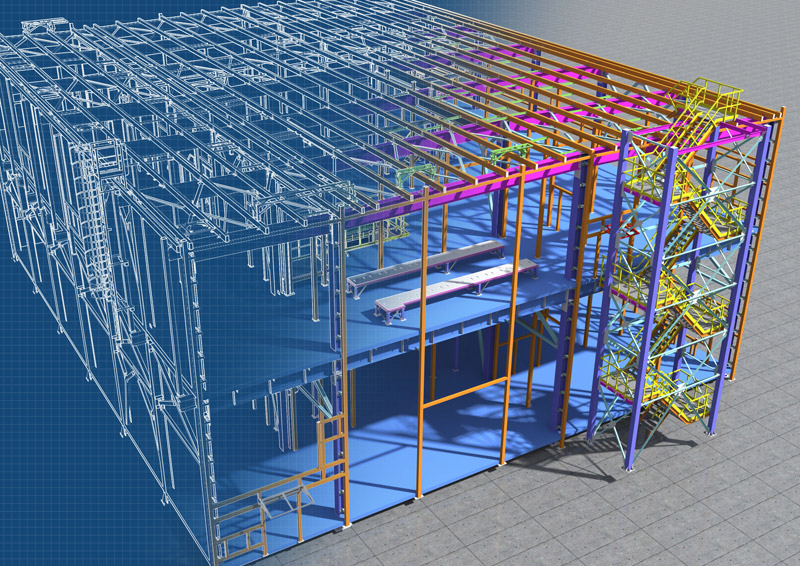Author of BIM in Principle and in Practice, Third edition, Peter Barnes, examines how BIM can support effective design and construction of temporary structures during the COVID-19 global pandemic.

- Updated: 06 Apr 2020
- Author: Peter Barnes, Director at Blue Sky ADR
We are all aware of the COVID-19 pandemic and the effect that this is having on our everyday way of life and of working; and our thoughts are with all of those affected in any way by this dreadful coronavirus. The requirements for working from home (where possible) and of social distancing when at work (and other times) are now part of our accepted routine. We are becoming used to working remotely and collaboratively, and the use of technology is impacting our lives now, more than ever.
Obviously, requirements have now arisen for buildings (including hospitals and other health facilities) to be built, both in the UK and abroad, much quicker than before, to assist with the current surge of COVID-19 virus cases.
So, how can the use of BIM (Building Information Modelling) help to contribute towards the present situation?
One of the mainstays of BIM is that it encourages working and design collaboration between various design consultants. This helps to streamline and coordinate communication and collaboration between teams, which is obviously needed in the present circumstances where experiences gained by one set of design consultants needs to be shared with other sets of design consultants – whether this is in the UK or internationally.
BIM allows for the full coordination of the various design consultants’ designs, and this helps prevent conflict between those designs, speeding up the design process.
The design consultants collaborate through a central depository of models and drawings, that depository being called a Common Data Environment (CDE), which is normally ‘cloud’ based and can therefore be accessed from anywhere around the world. The use of a CDE therefore allows for and encourages remote working from collaborative teams.
BIM helps to create healthy buildings, by using computer driven fluid dynamics to assess indoor air quality, by performing analysis of discrete zones to assess the thermal comfort of individual occupants, by examining the feasibility and performance of different ventilation strategies, by managing moisture and condensation, by assessing reverberation and acoustic impacts, and by measuring and designing ambient lighting.
Further, BIM provides the ability to use information in the 3D model to directly create fabrication drawings, thus avoiding what can often be a problematic and time-consuming step in the construction process. This allows the opportunity for more prefabrication of components off-site, which, given the social distancing restrictions of working on site, will speed up the entire process of creating both permanent and temporary buildings that are presently so necessary to satisfy the increasing demand during the current COVID-19 pandemic.
Obviously, BIM does not nullify the effect of the COVID-19 virus upon the construction and infrastructure industries, but, by way of the above few examples, it can hopefully be seen that the use of BIM really can help in terms of collaboration, remote working, off-site manufacture, and speed in the current health crisis.
To find out more about issues relating to BIM, please refer to Third edition of BIM In Principle and In Practice, available in print and as an eBook.
